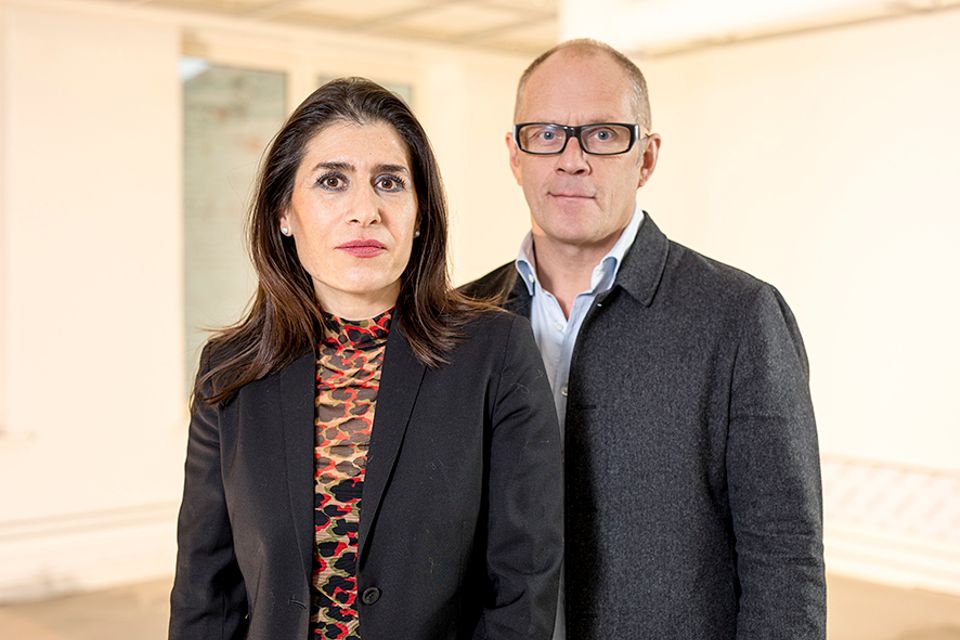Art & Exhibitions
An Art Biennial for Norway? Oslo Says, Hey, We Can Fjord It
In a twist, the new biennial will consist exclusively of public art.

In a twist, the new biennial will consist exclusively of public art.

Henri Neuendorf

The next stop on the biennial circuit? Norway. The city of Oslo has announced that it will establish its own international art show. The inaugural edition is scheduled to debut in May 2019.
The exhibition will be organized by curator-artists Eva Gonzalez-Sancho and Per Gunnar Eeg-Tverbakk and overseen by the biennial’s executive director, Ole G. Slyngstadli. The organizers plan to focus specifically on putting art in public spaces—an organizing principle that they hope will help their event stand out in an increasingly crowded international art calendar.
“Oslo has a rich visual arts field, both in respect to hosting half the nation’s visual artist’s community, a series of museums and independent exhibition spaces that transcends the city’s size,” Slyngstadli told artnet News in an email. “The biennial will take this to a new level.”
The seeds for the project were planted two years ago, when the city launched a pilot program—also organized by Gonzalez-Sancho and Eeg-Tverbakk—to research how it might develop a distinctive biennial. Early on, the duo latched onto the concept of public space.
The curators argue that despite the art market’s globalization, the industry’s relentless carousel of airports, white cubes, and convention centers offers little opportunity to meaningfully interact with cities and local art ecosystems.
“By unfolding in public spaces, the biennial will activate the city and merge with its daily life in a way that will inspire and challenge both the art and its audiences,” Rina Mariann Hansen, Oslo’s vice mayor of culture and sport, said in a statement. The biennial is backed by Oslo’s Agency for Cultural Affairs.
So far, organizers have kept a lid on the list of participating artists, venues, and conceptual framework for the show. But a symposium organized during the pilot phase offers a peek into their ambitions: One of the case studies was Thomas Hirschhorn’s “Gramsci Monument,” a wildly ambitious interactive installation erected in a Bronx housing project in 2013.
“The strength, pertinence, and even usefulness of a biennial is highly dependent on the context in which it operates,” the curators said in a joint statement. “We believe it is essential to respond to this particular context with informed sensitivity, to enable us to rethink the periodic event so that it may approach art and knowledge production in new and relevant ways, particularly when addressing the shifting and slippery context of the public sphere.”